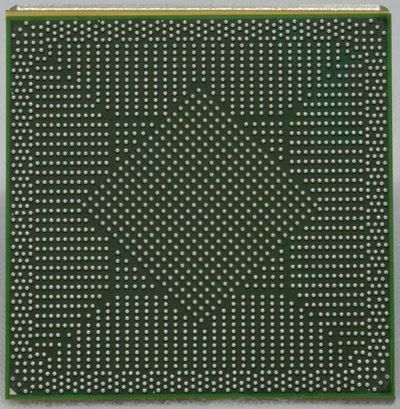Bouncing Zabaglione Bros.
Legend
To me it still looks like they started with 65nm to begin with. They didn't use the shrink to make the die smaller they used it to make one massive chip the competition couldn't possibly match. If the die shot that was shown was 65nm and had ~1billion transistors it would explain what requires all of the bandwidth 512b provides. A 65nm chip would also go along way towards explaining some of these higher clocks we've been seeing rumors on. Also, why ATI doesn't seem rushed to get the part out and Orton's comments might have not been as far looking as we thought.
It would be extremely surprising given that TSMC (where ATI is going to have this chip fabbed) has given no indication that it is yet capable of reliably manufacturing something as complex as R600 at 65nm with reasonable yields.
The consensus is that it's still a bit too early for a highly complex GPU at 65nm.

